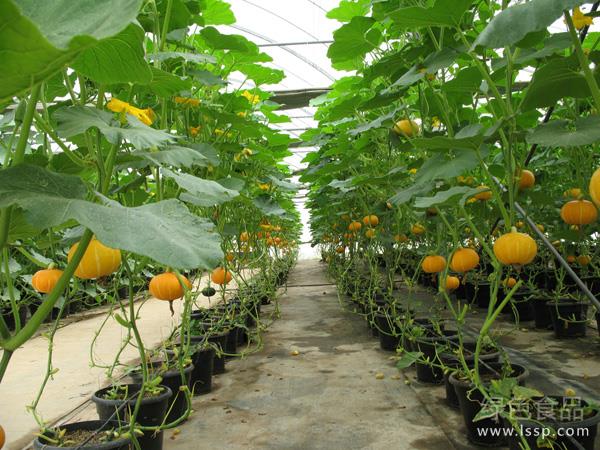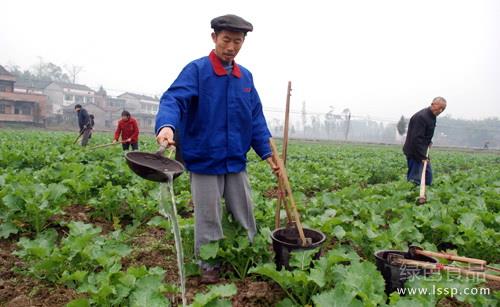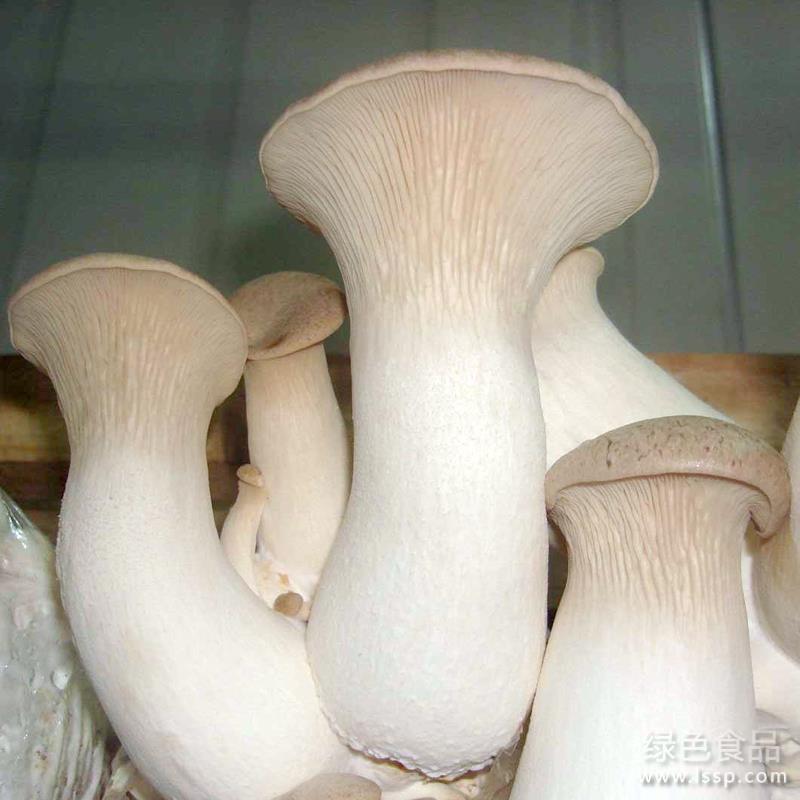Pumpkin cultivation management skills: seedling transplanting direct seeding

Pumpkin
Pumpkin is an annual dicotyledonous herb of the genus Cucurbitaceae. It can climb vines and the cross section of the stem is pentagonal. Leaves heart-shaped, flowers yellow, fruit generally oblate or pear-shaped, green when young, reddish brown fruit can be used as vegetables when ripe, seeds can be eaten. Due to different producing areas, different names, also known as wheat melon, pumpkin, Japanese melon, golden wax gourd, Taiwanese known as golden melon, originated in North America.
The suitable sowing time in different areas should be determined according to local climatic conditions, seedling facilities, cultivation methods, planting period and market demand.
Pumpkin cultivation can be seedling transplanting, can also be direct seeding.
Seedling transplanting, first prepare the seedbed or nursery cup, pour water, sow the seeds flat on the soil or sow 1 seed in each nursery cup with the bud tip down. Cover 2cm of soil after sowing. Keep the bed temperature or seedling cup temperature at 20 ℃ ~ 25 ℃, and the seedlings can emerge in 3 to 5 days. During the emergence of pumpkin, pay attention to gently remove the seed shell at any time to expand the cotyledons. In the seedling stage, the soil moisture and inter-seedling temperature should be properly controlled to prevent the seedlings from growing. In order to promote the root development of pumpkin and facilitate squatting seedlings, one transplant can be carried out. When the seedlings have 2-3 true leaves, they can be planted.
Direct seeding, sowing 2-3 seeds per hole to prevent mice from eating up the seeds, resulting in lack of seedlings. After seedling replenishment, due to the inconsistency of seedling growth time, it is not conducive to field management and operation.
Pumpkin
Colonization
Due to the great differences in climate in different places, the planting time of pumpkin is also different. as long as it can ensure that pumpkin seedlings do not suffer from low temperature and freeze damage and grow normally, they can be planted or direct seeded. Pay attention to planting should not be too deep, with cotyledons exposed to the ground is appropriate. When watering the root water, do not touch the water and soil on the seedling leaves, so as not to affect the slow seedling and survival.
Intermediate ploughing and weeding
Combined with weeding, intermediate ploughing is carried out from shallow to deep. Be careful not to move seedlings or hurt seedlings or roots when weeding. In order to promote the development of root system, it is necessary to cultivate soil on the root when ploughing. During the whole growth period of pumpkin, it is generally necessary to carry out intertillage and weeding for 2 or 3 times. Be careful not to damage pumpkin plants and leaves when ploughing.
Irrigation and topdressing
After pumpkin planting, if the soil moisture is good, generally there is no need for irrigation. At this stage, ploughing should be carried out many times, and at the same time, the soil temperature should be raised to promote the development of root system in order to strengthen the seedlings. After extending the vine, 15-20 cm from the root, ditch fertilization, application of rotten manure, combined with spraying photosynthetic nutrient fertilizer, can help plants absorb a lot of light energy, light, and supply plant growth and development.
Pruning and pressing vine
When cultivating pumpkin, sometimes because the branches and leaves are too strong, it is easy to cause the melon to fall. Therefore, generally spraying Huawang No. 3 on its branches can inhibit the growth of main shoots, blossom more, set more fruits, and promote the development of pumpkin. Pumpkin side vine ratio should not be left too much, if there is a special cultivation needs, according to the need for pruning and vines, leaving side vines.
Pollination
If pumpkins are cultivated in facilities or in open fields (on rainy days during flowering), in order to increase pumpkin setting rate and yield, prevent stiff buds and fruits, Caohuawang 3 can be sprayed to improve pollen fertilization quality and increase pumpkin yield.
- Prev

Methods of ensuring rape safe overwintering and protecting rape seedlings in winter
Methods of ensuring rape safe overwintering and protecting rape seedlings in winter
- Next

Preparation methods and cultivation techniques of fermentation bag of Coprinus comatus
Preparation methods and cultivation techniques of fermentation bag of Coprinus comatus
Related
- Fuxing push coffee new agricultural production and marketing class: lack of small-scale processing plants
- Jujube rice field leisure farm deep ploughing Yilan for five years to create a space for organic food and play
- Nongyu Farm-A trial of organic papaya for brave women with advanced technology
- Four points for attention in the prevention and control of diseases and insect pests of edible fungi
- How to add nutrient solution to Edible Fungi
- Is there any good way to control edible fungus mites?
- Open Inoculation Technology of Edible Fungi
- Is there any clever way to use fertilizer for edible fungus in winter?
- What agents are used to kill the pathogens of edible fungi in the mushroom shed?
- Rapid drying of Edible Fungi

